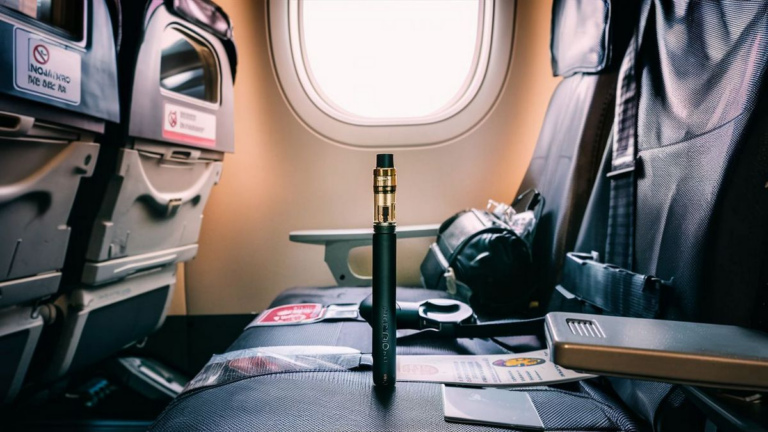Vaping has become a popular alternative to smoking traditional cigarettes for many individuals. However, when it comes to vaping on a plane, the consequences can be serious and far-reaching. Let’s explore what happens if you vape on a plane and why it is strictly prohibited.
The Risks of Vaping on a Plane
Vaping on a plane poses several risks, both to the individual engaging in the act and to the safety of everyone onboard. Some of the primary risks include:
- Smoke alarms: Most modern aircraft are equipped with smoke detectors in the lavatories and other sensitive areas. Vaping can trigger these alarms, leading to unnecessary panic and potential emergency landings.
- Fire hazard: Vaping devices rely on batteries and heating elements, which can malfunction and start fires if not used properly. In the confined space of an aircraft, a vaping-related fire could have catastrophic consequences.
- Disruption to air quality: Vaping produces aerosolized particles that can linger in the air and be inhaled by nearby passengers. This can lead to discomfort and potential health issues, especially for those with respiratory conditions.
Legal and Regulatory Consequences
Vaping on a plane is not only a safety hazard but also a violation of aviation regulations and federal law. The Federal Aviation Administration (FAA) prohibits the use of electronic smoking devices, including e-cigarettes, on commercial aircraft.
Passengers caught vaping on a plane may face severe penalties, including fines and potential criminal charges. Additionally, airlines have the authority to refuse service or even ban passengers who violate their smoking policies.
Enforcement and Reporting
Crew members are trained to identify and address any instances of vaping on board. They are empowered to take immediate action to ensure the safety and security of the flight. This may include confiscating vaping devices, issuing warnings, and notifying authorities upon landing.
Passengers who witness someone vaping on a plane are encouraged to report the incident to a crew member discreetly. Reporting such behavior helps maintain a safe and comfortable environment for everyone on board.
Alternatives and Precautions
For individuals who rely on vaping to manage nicotine cravings, it is essential to plan ahead before air travel. Consider alternative methods of nicotine delivery, such as patches or gum, to avoid withdrawal symptoms during the flight.
It’s also crucial to respect the rules and regulations set forth by airlines and regulatory agencies. By refraining from vaping on a plane, passengers contribute to a safer and more pleasant travel experience for all.
Vaping on a plane is not only reckless but also illegal and potentially dangerous. The risks far outweigh any perceived benefits, and the consequences can be severe. By adhering to the rules and regulations governing air travel, passengers can help ensure a smooth and safe journey for themselves and their fellow travelers.
Frequently Asked Questions
Here are some common questions related to vaping on planes:
| Question | Answer |
|---|---|
| Can I vape in the airplane restroom? | No, vaping in airplane restrooms is strictly prohibited and can trigger smoke alarms, leading to potential emergency landings. |
| What are the penalties for vaping on a plane? | Passengers caught vaping on a plane may face fines, criminal charges, and even bans from the airline. |
| How can I manage nicotine cravings during a flight? | Consider alternative methods such as nicotine patches or gum to avoid withdrawal symptoms while adhering to airline regulations. |
| What should I do if I witness someone vaping on a plane? | Report the incident discreetly to a crew member to ensure the safety and comfort of all passengers. |
Additional Safety Tips
Along with refraining from vaping on a plane, here are some additional safety tips to consider:
- Follow all instructions provided by the airline crew, especially regarding electronic devices and smoking policies.
- Stay informed about current aviation regulations regarding vaping and electronic smoking devices.
- Dispose of vaping devices and batteries properly to prevent potential fire hazards.
See also:






